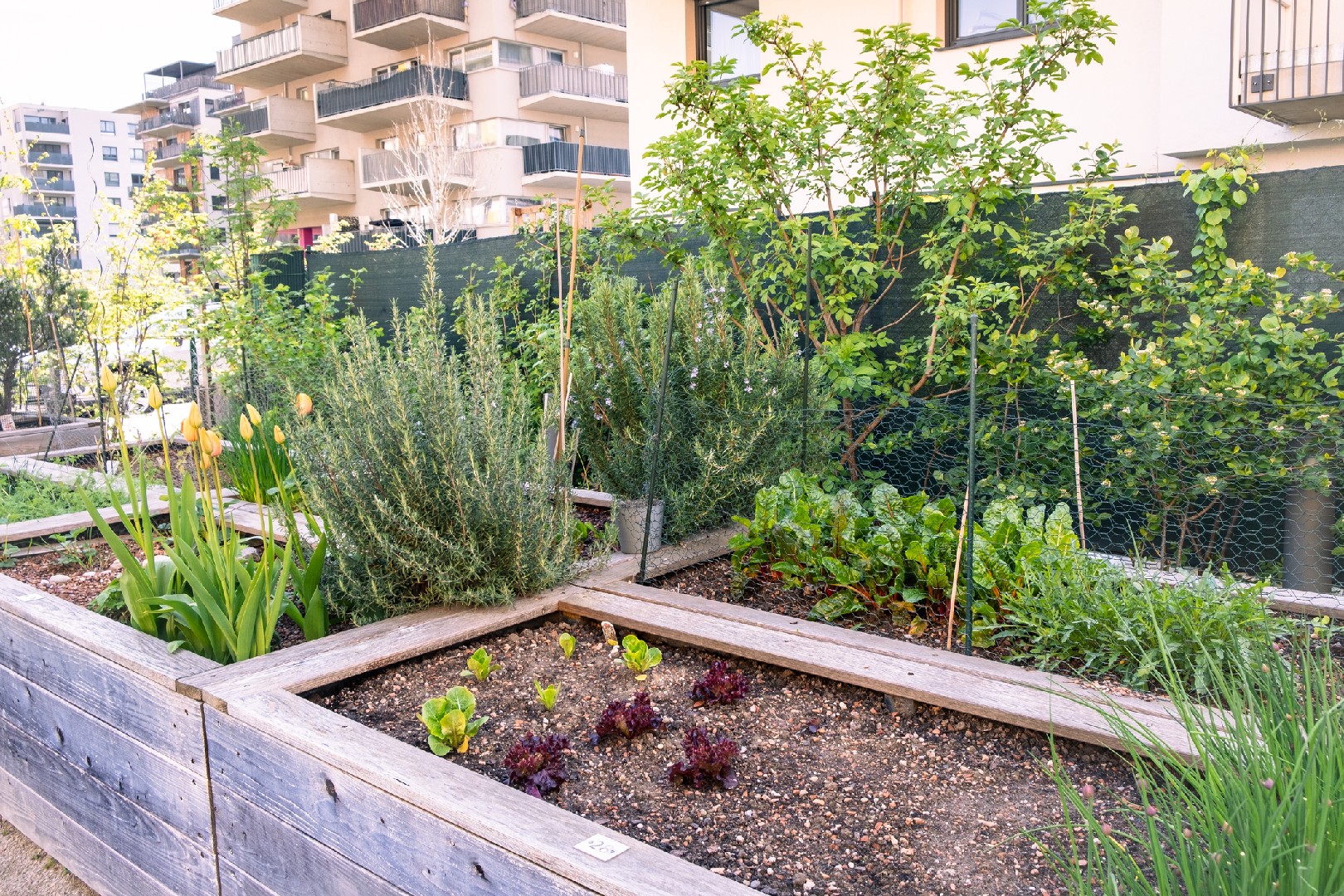![Rectangle]()
Understanding the Principles of Space-Saving Gardening
When it comes to maximizing your urban oasis with a small-space garden, understanding the principles of space-saving gardening is key. In this section, we will delve into the definition of compact plants and explore the benefits they bring to your garden. We will also highlight the importance of considering plant size, growth rate, and maintenance needs when selecting plants for your small-space garden. Finally, we will discuss how the concept of space-saving gardening influences the overall design of your garden.
First and foremost, let's define what makes a plant 'compact' and why it is advantageous for a small-space garden. Compact plants are those that have a naturally small size or have been bred to have a more compact form. They are ideal for small-space gardens because they require less space to grow and thrive. These plants often have a lower height, a narrower spread, or a more upright habit, making them perfectly suited for confined spaces.
Choosing compact plants for your small-space garden offers several benefits. One significant advantage is that they allow you to grow a greater variety of plants in a limited area. By selecting plants with smaller sizes, you can fit more species and cultivars into your garden, creating a diverse and visually stunning display. Additionally, compact plants are generally easier to maintain due to their smaller size. Pruning, watering, and fertilizing becomes more manageable, saving you time and effort.
When selecting plants for your small-space garden, it is crucial to consider their size, growth rate, and maintenance needs. You want to choose plants that will fit comfortably within your garden without overcrowding. Consider the mature height and width of each plant and ensure that it aligns with the available space. It is also important to consider the growth rate of the plant, as some species may quickly outgrow their allotted space. Lastly, think about the maintenance requirements of the plants you are considering. Will they require frequent pruning, deadheading, or fertilizing? Make sure that the maintenance of the plants aligns with the amount of time and effort you are willing to invest.
The concept of space-saving gardening goes beyond simply selecting compact plants. It also involves strategic garden design and layout. Consider utilizing vertical space by incorporating trellises, hanging baskets, and wall-mounted planters. These elements not only maximize your available space but also add depth and visual interest to your garden. Additionally, grouping plants with similar light and water requirements together can help optimize space and simplify maintenance.
In conclusion, understanding the principles of space-saving gardening is essential for maximizing your small-space garden. Choosing compact plants offers numerous benefits, including increased variety and easier maintenance. When selecting plants, consider their size, growth rate, and maintenance needs to ensure they are suitable for your garden. Finally, incorporate space-saving design techniques, such as utilizing vertical space and grouping plants strategically. By implementing these principles, you can create a thriving and visually appealing garden in even the smallest of spaces.





